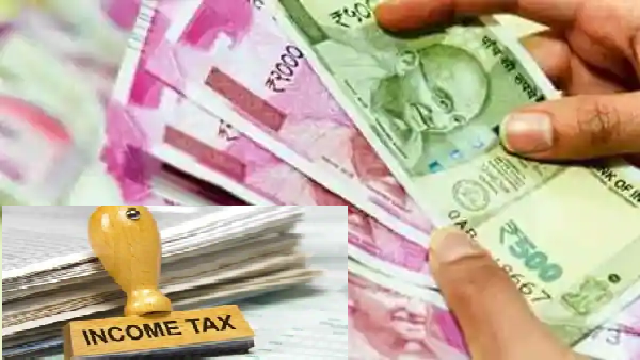The Union government launched the new income tax regime in 2020 under which some new set of rules were added and some old ones saw some changes. However, individuals are still eligible to claim some deductions as section 80C, section 80D etc. of the Income-tax Act, 1961. Things that didn’t see changes under the new regime also include tax exemptions in house rent allowance, LTC Cash Voucher Scheme etc.
In comparison to the old tax regime, the new one offers lower tax rates. For individuals looking to opt for a tax regime, read further to know what are the latest tax rates and slabs applicable under the regime to help clarify confusion into choosing the right one.
IT rates and slabs under new tax regime for FY year 2021-22
Up to 2,50,000, the interest rate is zero, individual doesn’t have to pay more than the value.
However, on value above 2,50,000, the interest rates starts from 5 per cent and grows upto 30 per cent.
- From 2,50,001 to 5,00,000, the interest rate is 5 per cent.
- From 5,00,001 to 7,50,000, the interest rate is 10 per cent.
- From 7,50,001 to 10,00,000, the interest rate is 15 per cent.
- From 10,00,001 to 12,50,000, the interest rate is 20 per cent.
- From 12,50,001 to 15,00,000, the interest rate is 25 per cent.
- And for value above 15,00,000, the interest rate is 30 per cent.
The highest 30 percent tax rate levied on individuals having income starting from Rs 15,00,001 is the new rule that has been added to the new tax regime. Whereas, individuals having income starting from Rs 10,00,001 will pay taxes as per the guidelines under the old regime.
Apart from that, the new tax regime will not offer deductions like investments in Employees’ Provident Fund (EPF), Public Provident Fund (PPF) etc. or tax exemption on rent paid or food coupons received etc. However, the only deduction that is applicable in the new regime is the one under section 80CCD (2) of the Income-tax Act. That is the deduction on the employer’s contribution to the Tier-I NPS account. The maximum deduction that can be claimed is 10 percent of the basic salary plus DA in a financial year by an individual.
Tax regime to chose as per your preference
Albeit a good knowledge of tax rates and deductions, one can get confused in choosing the right tax regime for them. To make the choice easier, calculate the income tax liability including cess at 4 per cent under both tax regimes. After calculating all the possibilities, whichever tax yields the lower number can be preferred.
As per tax experts and chartered accountants, anyone who is claiming a deduction of over Rs 2.5 lakh in a financial year will not gain the profits of the new tax structure by switching to it.
Things to remember while opting for the new regime
- Individuals with income through salary or pension, and don’t have any business income, can choose between the new and old tax regimes every financial year.
- Individual with a business income on the other hand, if choose the new tax regime in the current Financial Year (FY) 2021-22, will have to pay tax as per the new regime for all future financial years. However, these individuals do have only one chance to switch back to the old tax regime, in their entire lifetime.
- If in any financial year, an individual’s income does not exceed Rs 5 lakh, then they will be offered a rebate of Rs. 12,500. This is the only similarity in both the regimes.
- Moreover, the new regime does not increase the basic exemption limit for senior citizens and super senior citizens.
Tax saving under new regime
According to the new tax regime, an individual can claim deduction under section 80CCD (2) of the Income-tax Act. If the employer contributes 10 per cent of basic salary to Tier-I NPS account of employee, then the deduction under section 80CCD (2) can be claimed.
(Source: timesnownews.com)




 Ms Kalinga
Ms Kalinga